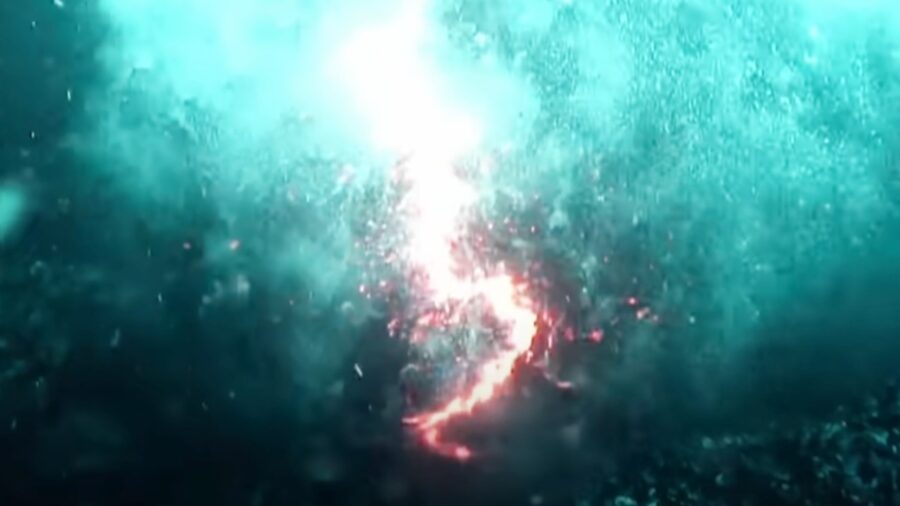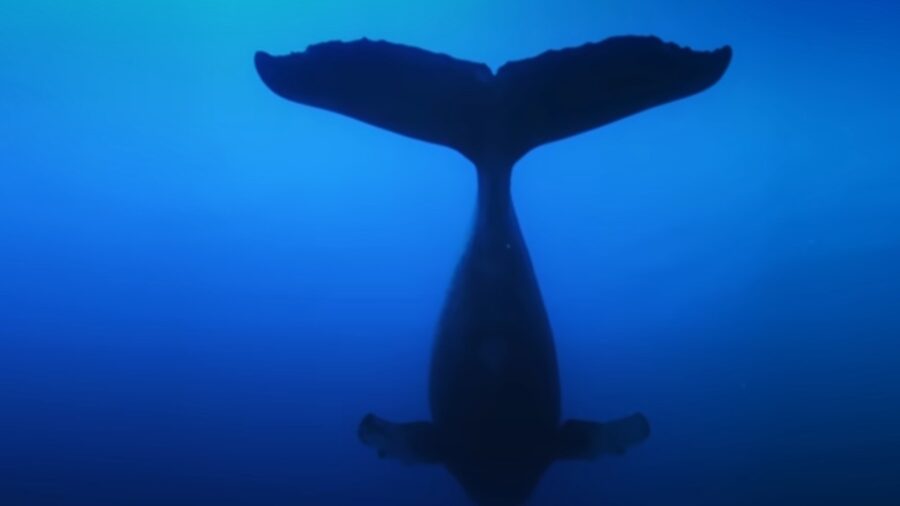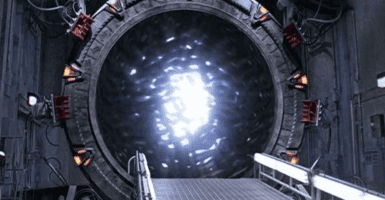Bizarre Noise Coming From Mariana Trench For Over A Decade Identified

After a decade, a mysterious sound emanating from the Mariana Trench has been identified. The strange noise, described by researchers as a “biotwang” was first heard coming from the deep sea canyon in 2014, and scientists speculated about its source for years. Recently, a stroke of good luck and new AI technology allowed a team of oceanographers to identify the noise.
The Mariana Trench “biotwang” is a bizarre, almost otherworldly sound that combines sounds people associate with animals and those they don’t. Beginning as a low, grunt-like sound, it’s followed by high-pitched noises that sound mechanical to many. Lauren Hareel, a member of the team that unraveled the mystery, compared the higher sounds to those the Enterprise made in Star Trek.
The technology that helped solve the Mariana Trench mystery could be a huge asset to Oceanographers working on other research.
While many found the sounds coming from the Mariana Trench to sound unnatural, it was a common theory among oceanographers that they were whale sounds. Unfortunately, confirming that theory was incredibly difficult as it would require researchers to see the animals for themselves while encountering the sound and then link the two sounds. Against all odds, a team was able to do exactly that.
A lucky break led to a research team working near the Mariana Trench to spot a group of Bryde’s whales. The rare whales were heard making a distinct sound, which the team recorded. There were a total of 10 sightings of the whales during the research trip and the sound was heard during all but one of those sightings, firmly linking the sightings to the noise.
While many found the sounds coming from the Mariana Trench to sound unnatural, it was a common theory among oceanographers that they were whale sounds.
Of course, the research team didn’t immediately identify the sound of Bryde’s whales as the mysterious Mariana Trench sound. When the research team was trying to look for matches to the audio they were confronted by a database of over 200,000 hours of recordings. Ann Allen, one of the researchers who made the discovery, claims that when she was overwhelmed by the volume of data her dad suggested reaching out to Google for help.

Ann Allen took her father’s advice and asked Google for assistance on the project, which led to the final breakthrough on the Mariana Trench sound mystery. Using AI trained to turn sound files into Spectrograms and then compare those results to find patterns, the team was able to link the whales to the “biotwang.” The AI tools made it possible to make that connection, which otherwise would have taken hundreds of thousands of hours of manual comparison, a nearly impossible task.
The depths of the Mariana Trench remain mysterious in many ways, but the chilling “biotwang” sound has finally been demystified.
The technology that helped solve the Mariana Trench mystery could be a huge asset to Oceanographers working on other research. In addition to connecting that specific whale population to the sound from a decade ago, it helped the team track their movements through other recordings of their sound. That tracking capability could help scientists chart the influence of environmental factors on specific animal populations.
The depths of the Mariana Trench remain mysterious in many ways, but the chilling “biotwang” sound has finally been demystified. A combination of hard work, new technology, and good luck led to the breakthrough, which could end up helping future oceanographers solve similar mysteries much more quickly. Google has made the sound-identifying AI tool open source, which means the next time a mystery noise is picked up in the depths, researchers will have a new way to track its source down.
Source: Scientific American













Login with Google